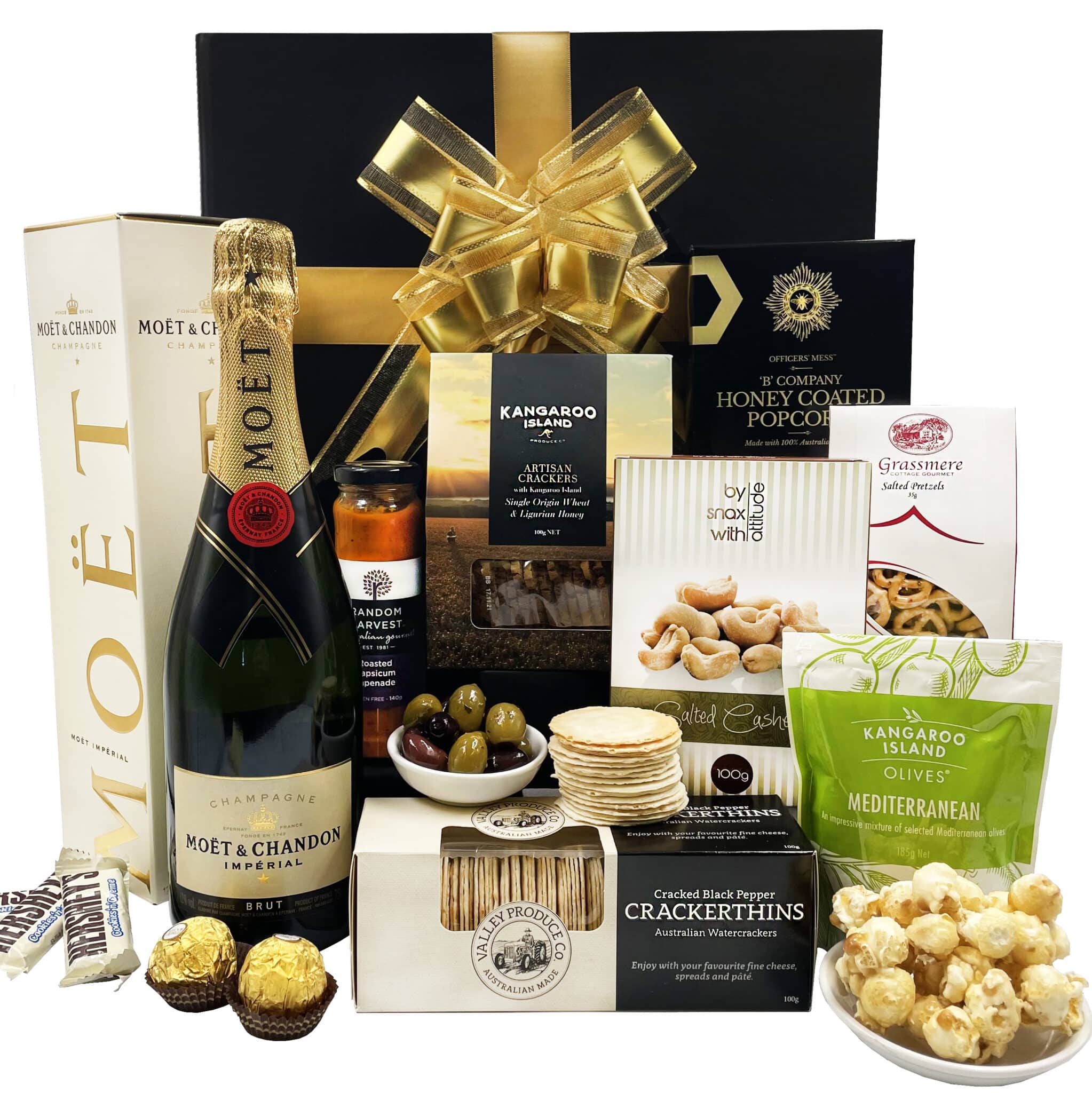When you’re curating a gourmet basket, every item feels like a tiny masterpiece. But behind those glossy labels and artisanal packaging lies a complex web of suppliers, logistics, and timing. If you want to avoid supply chain disruptions for gourmet basket ingredients, you need to treat the process like a well‑orchestrated symphony—every section must play in harmony, or the whole performance can fall flat. This guide will walk you through the steps to keep your baskets stocked, your clients happy, and your business thriving.
Understanding the Gourmet Basket Supply Chain
The supply chain for gourmet ingredients is a maze of farms, processors, distributors, and retailers. Each link has its own set of risks, from weather to geopolitical tensions. Knowing where the bottlenecks are can help you stay ahead of potential snags.
Key Ingredients and Their Vulnerabilities
- Truffle oils and preserves – often sourced from limited regions; a drought or pest outbreak can halve supply. Artisan cheeses – require strict temperature control; a power outage in a dairy can spoil months of stock. Hand‑crafted chocolates – reliant on cocoa bean quality; fluctuations in bean prices can ripple through the entire basket.
Building Resilience Through Supplier Diversity
Diversifying suppliers isn’t just a buzzword—it’s a safety net. Imagine you’re building a house: you wouldn’t rely on a single contractor for every trade. Similarly, having multiple trusted sources for each ingredient spreads risk.
- Local vs. international – blend local producers for freshness with international ones for specialty items. Long‑term partnerships – negotiate terms that protect you against sudden price hikes. Small‑batch producers – they often have more flexible production schedules, allowing quick adjustments.
Strategic Sourcing Practices
Once you’ve mapped out the chain, the next step is to choose sourcing strategies that keep your baskets ready for any storm.
Long-Term Contracts vs. Spot Purchases
Long‑term contracts lock in prices and quantities, providing stability. Spot purchases, on the other hand, let you capitalize on market dips but carry higher volatility. A balanced mix—say, 70% contract, 30% spot—can offer both security and flexibility.
Quality Assurance Checks
You can’t afford to send a basket with a single mislabelled item. Implement a double‑check system:
- Visual inspection – ensure packaging integrity. Batch verification – cross‑check lot numbers against supplier records. Taste test – for perishables, a quick palate check guarantees freshness.
Logistics and Inventory Management
Even the best ingredients can become liabilities if they’re not stored or shipped correctly.
Just-in-Time vs. Buffer Stock
A just‑in‑time (JIT) approach minimizes holding costs but leaves little room for delays. Buffer stock—keeping a safety cushion of high‑turnover items—acts like a parachute in turbulent skies. For gourmet baskets, a 5‑10% buffer often suffices.
Tracking and Visibility Tools
Real‑time visibility turns guesswork into data:
- GPS trackers on refrigerated trucks. RFID tags on pallets for in‑warehouse tracking. Digital dashboards that alert you to delays or temperature excursions.
Risk Management and Contingency Planning
Preparation is the best defense against supply chain surprises. Think of it as having an emergency kit for your business.
Scenario Planning
Map out “what if” scenarios: what happens if a key supplier shuts down? What if a shipping route is blocked? Create action plans for each.
Insurance and Legal Safeguards
- Supply chain insurance protects against losses from disruptions. Force majeure clauses in contracts clarify responsibilities during unforeseen events.
Leveraging Technology and Data
In today’s connected world, data is your compass. Harness it to stay ahead of potential hiccups.


Predictive Analytics
By analyzing Artisan food boxes historical shipment data, weather patterns, and market trends, predictive models can flag upcoming risks—like a predicted frost that could affect a berry supplier.
Automation in Ordering
Automated reorder systems trigger restocks based on real‑time inventory levels, eliminating human error and ensuring you never run out of a popular item.
A Real-World Anecdote
Picture a boutique gift shop in Asheville, North Carolina, that prides itself on hand‑picked, locally sourced baskets. One spring, a sudden hailstorm devastated the region’s apple orchards—apple‑based preserves were suddenly scarce. The shop’s owner, instead of scrambling, had already diversified her suppliers and maintained a small buffer stock of alternative preserves. She quickly swapped out the apples for locally sourced quince and notified her customers with a heartfelt note: “When nature throws a curveball, we’re ready to pivot.” The customers https://judahrxjb571.huicopper.com/luxury-wine-gift-baskets-australia-for-corporate-gifting-the-ultimate-business-boost appreciated the transparency, and the shop’s reputation for reliability grew stronger.
> “The only thing we have to fear is fear itself,” said Franklin D. Roosevelt, and in supply chain terms, fear is often the catalyst for change. By embracing flexibility and foresight, you turn fear into a strategic advantage.
The Bottom Line
Making Your Selection Count
Avoiding supply chain disruptions for gourmet basket ingredients isn’t about avoiding risk entirely—it’s about managing it wisely. Start by mapping your supply chain, diversify your sources, blend long‑term contracts with spot purchases, and keep a modest buffer. Use technology to stay visible, plan for worst‑case scenarios, and never underestimate the power of a well‑timed contingency.
Your baskets will not only taste exquisite but also arrive on time, every time. And when you keep the shelves stocked and the customers smiling, you’ll find that the sweetest reward is the trust you build—one gourmet basket at a time.